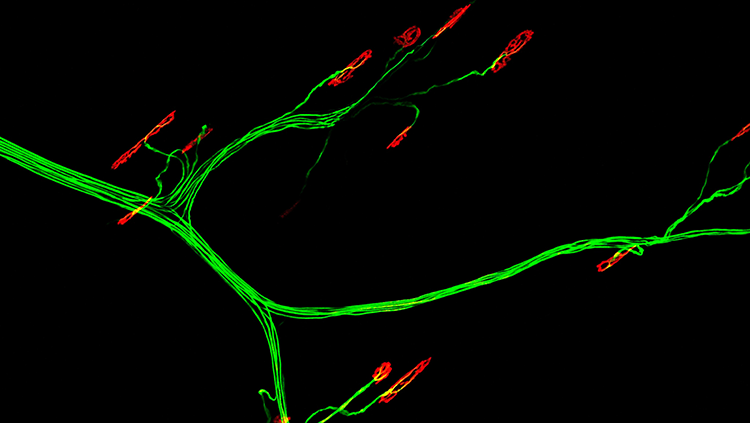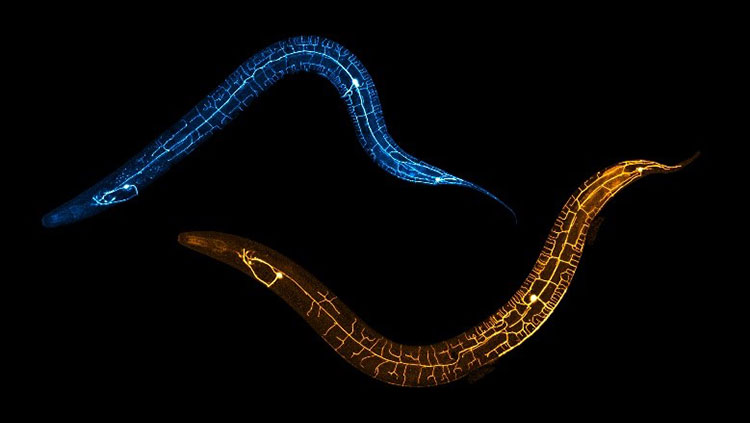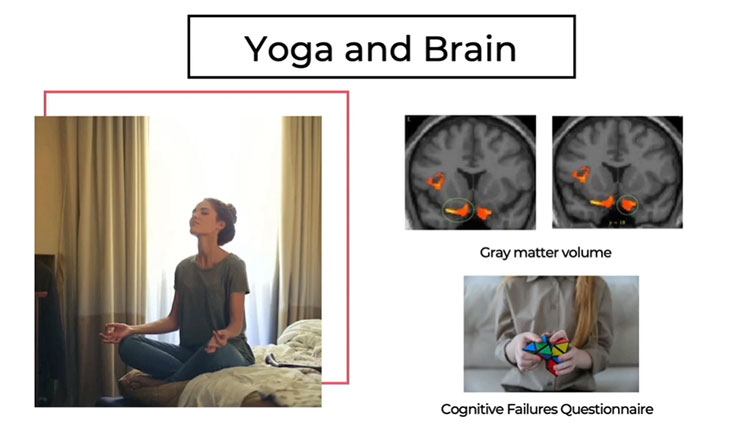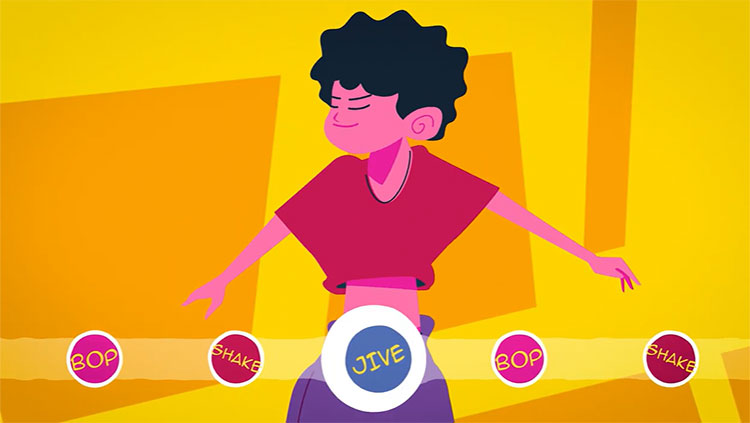Brains and Brawn
- Published11 Jun 2019
- Author Michael W. Richardson
- Source BrainFacts/SfN
Even the simplest motions — tapping your foot, clenching your fist — require warp-speed signals from brain to spinal cord to muscles. Lower motor neurons, pictured here in green, relay movement commands from the spinal cord to all the muscles in the body, whether it’s your forearm or, as shown here, the foot of a mouse. Motor neurons and muscles meet at specialized synapses called neuromuscular junctions (red), where antenna-like proteins in the muscle receive chemical messages and kick the muscles into action.
When any part of the junction malfunctions, movement becomes much more difficult. The neurodegenerative disorder amyotrophic lateral sclerosis (ALS), for example, destroys motor neurons and leads to progressive weakening and atrophy of muscles.
CONTENT PROVIDED BY
BrainFacts/SfN
References
Cappello, V., & Francolini, M. (2017). Neuromuscular Junction Dismantling in Amyotrophic Lat-eral Sclerosis. International Journal of Molecular Sciences, 18(10), 2092.
doi: 10.3390/ijms18102092
Also In Movement
Trending
Popular articles on BrainFacts.org



















